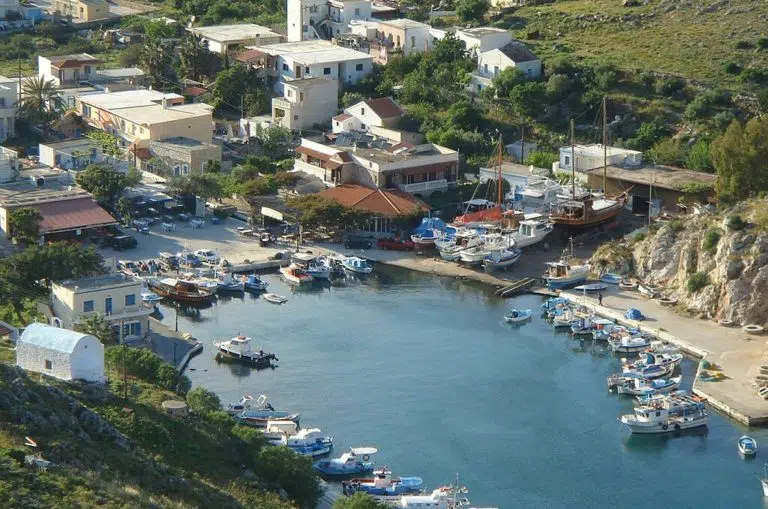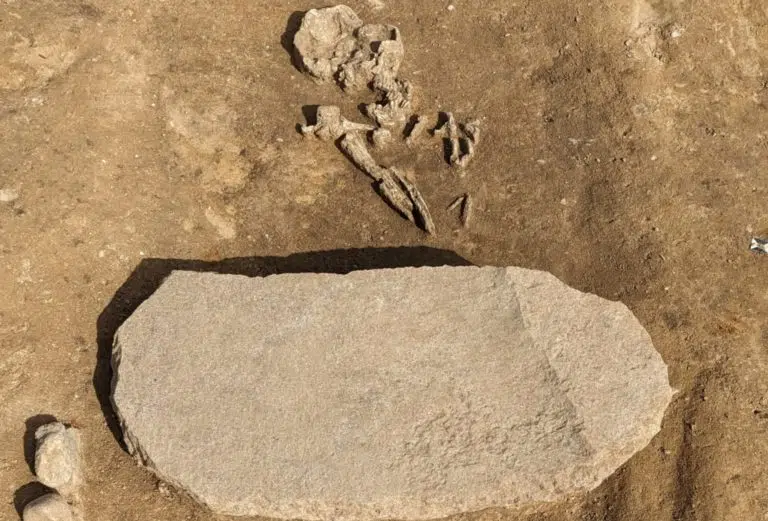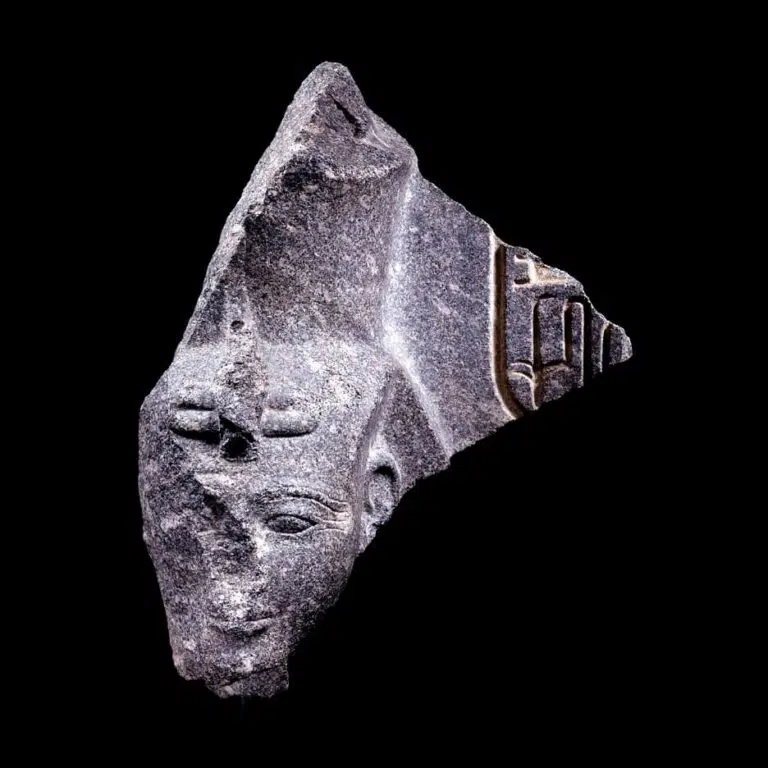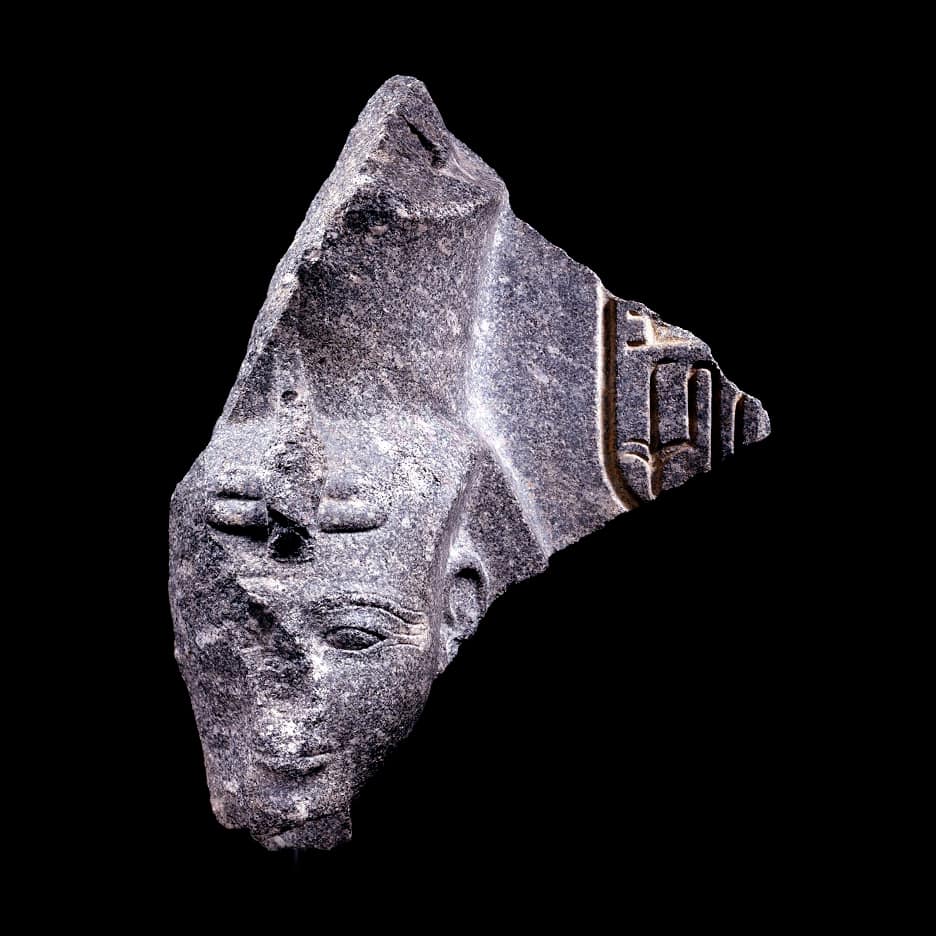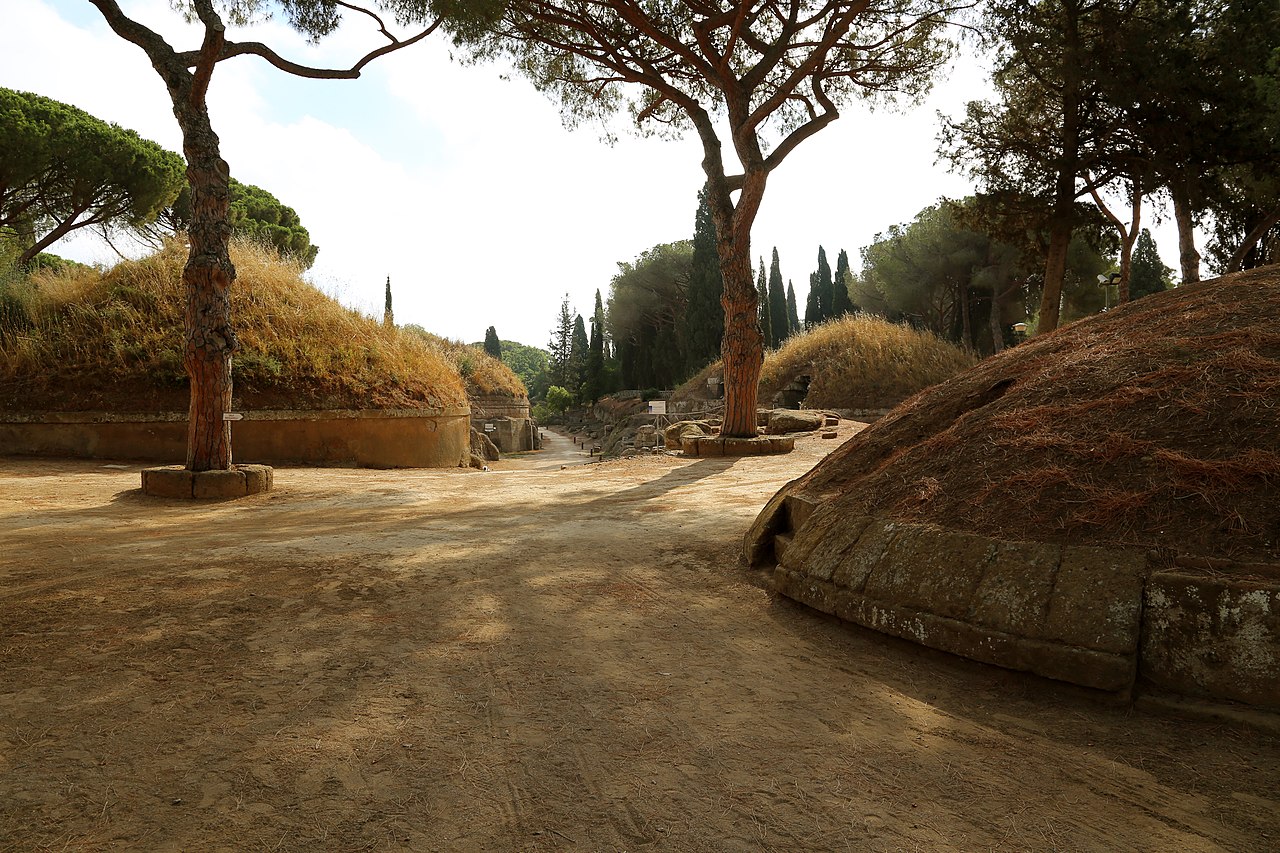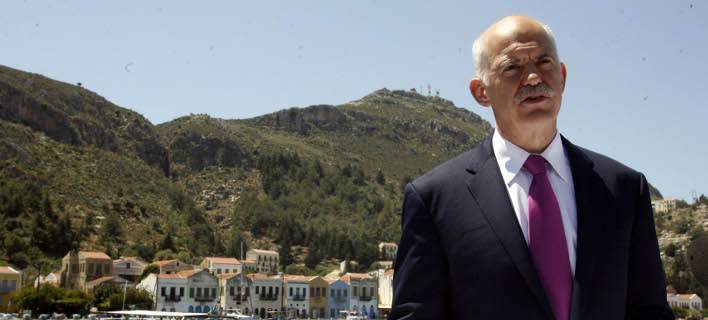
On April 23, 2010, Greece entered the bailouts era by asking its EU partners and the IMF to rescue its economy that went bankrupt.
The dramatic call for help was made from the tiny Aegean island of Kastellorizo by then Prime Minister George Papandreou, who set in motion a dark chapter of austerity and human misery in the country’s history.
Wearing a black suit and a dark pink tie Papandreou addressed the nation through a live television link and gave Greeks the bad news while the picturesque houses of the Kastellorizo were bathing in the spring sun.
“We have inherited [from the previous conservative government] a boat ready to sink,” Papandreou said. “We have inherited a country that had lost credibility and the respect of its friends and partners,” he added before warning Greeks that things will get tough.
Papandreou asked the EU partners to activate the support mechanism, “an unprecedented mechanism in the history and practice of the European Union.”
The support mechanism, which was put in place by the European heads of state and government and further elaborated by Euro Group ministers, is a European mechanism to which the IMF is associated with financing, and it involves a comprehensive three-year economic program and financing conditions.
On April 23, 2010, Dominique Strauss-Kahn, the Managing Director of the International Monetary Fund (IMF) announced that Greece made a request for a Stand-By Arrangement.
Papandreou and his Finance Minister Giorgos Papakonstantinou managed to convince the IMF and EU to participate in a €110bn bailout package on May 9, 2010. Greece’s sovereign debt crisis, considered part of the European sovereign debt crisis, was marked by massive strikes and demonstrations.
The European Union, the European Central Bank, and the International Monetary Fund loaned debt-wracked Greece a total of 289 billion euros ($330 billion) in three successive programs in 2010, 2012, and 2015.
Greece suffered an economic hit comparable to the Great Depression in the U.S. in the 1930s. People became poorer, hundreds of thousands of businesses went bust, skilled workers emigrated, and extremist politicians made gains.
Timeline of bailouts and austerity in Greece
Here is a timeline of the bailout years since the first rescue in 2010.
- May 2, 2010: Eurozone countries agree to rescue Greece with 110 billion euros (currently $125 billion) in loans over three years.
- May 5, 2010: In a day of mass protests and rioting against the bailout, three people die trapped in a burning bank in Athens.
- June 29, 2011: Parliament passes a 28 billion-euro package of spending cuts and tax hikes in the face of two days of violent protests that see some 300 protesters and police injured.
- Oct. 27, 2011: European leaders reach a deal with Greek bondholders that would see the private investors take a 50 percent cut in the face value of their bonds. The leaders also agree in principle to give Greece a new 130 billion-euro bailout package.
- Oct. 31, 2011: Papandreou announces a referendum on the bailout program, shocking bailout creditors and markets. He cancels the plan three days later.
- March 9, 2012: Greece carries out the biggest debt restructuring in history, writing off 105 billion euros owed to private creditors.
- April 10, 2014: Greece returns to bond markets for the first time in ten years, selling a five-year bond.
- Jan. 25, 2015: Leftwing party Syriza wins the general election, pledging to tear up bailout-linked austerity deals. Relations with creditors quickly deteriorate.
- June 28, 2015: Amid concern that Greece would fall out of the euro, the government limits money flows and bank withdrawals to avoid financial collapse.
- June 30, 2015: Greece defaults on payment on IMF loan.
- July 5, 2015: In a referendum called by the government, Greeks reject the proposed bailout deal.
- Prime Minister Alexis Tsipras later accepts the deal nonetheless.
- July 13, 2015: Greece signs up to a third bailout program worth 86 billion euros over the next three years.
- June 22, 2018: Eurozone countries agree on terms to ease Greece’s debt repayment schedule, and approve the last details of a plan to end Greece’s bailout program on August 20th.








